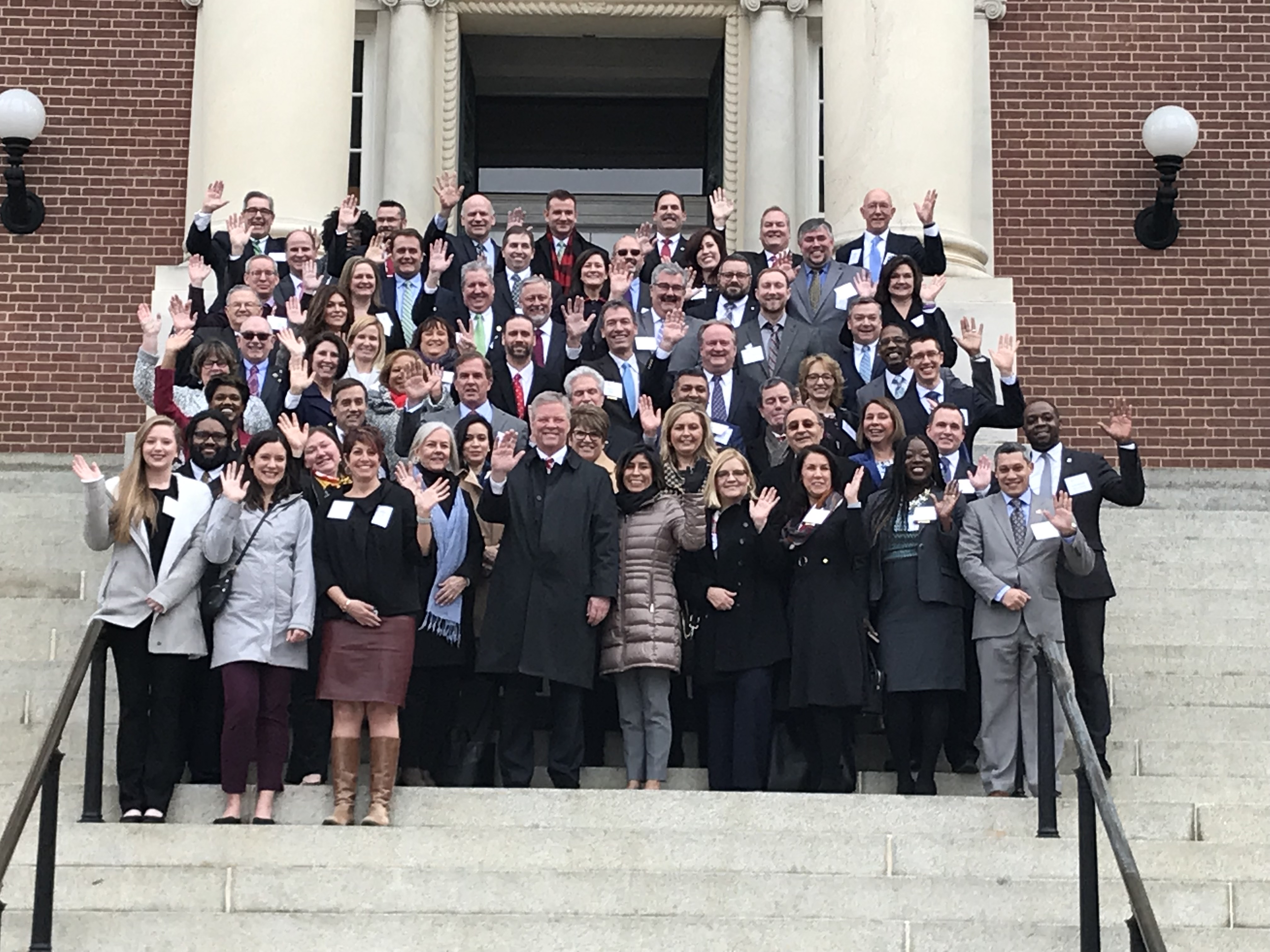By Megan Poinski
Megan@MarylandReporter.com
The House of Delegates and Maryland Senate this past week have both voted to cut pension benefits for state teachers and employees as the legislators raised contribution rates and retirement ages, ostensibly to cure a massive $18 billion underfunding of the pension system.
But millions of the savings from the reduced benefits are not going to shore up the pension plans at all, but will instead funnel money into the operating budget. This prospect has drawn fire from liberal and conservative lawmakers and the teachers union, as well as strong objections from the head of the retirement system.
 The pension money is “going into the General Fund in the near term and the long term,” Sen. Paul Pinsky, D-Prince George’s, complained in Senate debate on the budget Tuesday night. Pinsky, who works for the teachers union in Montgomery County, said the pension cuts undermine efforts to attract “the best and the brightest” to teach in public schools.
The pension money is “going into the General Fund in the near term and the long term,” Sen. Paul Pinsky, D-Prince George’s, complained in Senate debate on the budget Tuesday night. Pinsky, who works for the teachers union in Montgomery County, said the pension cuts undermine efforts to attract “the best and the brightest” to teach in public schools.
Senate Republican Whip E.J. Pipkin of the Upper Shore offered an amendment to eliminate a provision in the Budget Reconciliation and Financing Act that allows the governor to put $120 million less into the pension than the annual required contribution as certified by the State Retirement and Pension System. Pipkin said because of the reduced annual contributions, “we continue to have a significant hole” in pension funding. Pipkin’s amendment failed in 15-32 vote.
In a letter to the Senate Budget Committee chairman last week, Dean Kenderdine, director of the Maryland State Retirement and Pension System, said limiting the funds contributed to the system “simply defers payment of those costs to later years and assures that the total cost to the state will be much greater.”
Retirement officials want more funding
The pension plans proposed by the governor and approved by both the House of Delegates and the Senate would make cuts to the system, allowing it to reach 80% funding by 2023. It is now only 64% funded.
“The House and Senate have compounded it by not addressing what everyone said is the problem: sustainability,” said Sean Johnson, managing director of political and legislative affairs for the Maryland State Education Association.
Funding to reinvest in the system has been the top request of retirement system officials this year. The system lost a fifth of its value in fiscal year 2009, but had a 14% return on investment last year. Most of the value of the system comes from investment earnings, but the more money that gets puts into the system, the quicker the system can get on the path to sustainability, officials said.
During the House markup of the budget, the delegates placed two caps on government funding going back into the system. One of the caps limits state contributions to the retirement system at 20% of the total state payroll, but this cap was rejected by the Senate. The other cap limits the annual required contribution to $300 million a year.
Kenderdine’s letter states that the board of the retirement and pension system sees the cap on employer contributions as a “statutory obstacle” to the state being able to make the required 80% contribution to the retirement system.
Kenderdine told MarylandReporter.com that according to numbers certified in December, the amount contributed to the retirement system is about 16% of current payroll. According to projections done by the Department of Legislative Services, if the economy continues to grow, the state contribution should stay beneath 20% of payroll in the conceivable future. However, if the economy tanks again, the retirement system could feel the strain.
“We are hoping in the conference [committee on the budget] that the Senate’s position will prevail,” Kenderdine said.
Cap on contributions in later years
The Senate Budget and Taxation Committee left the $300 million reinvestment cap in place.
Kenderdine’s letter to Chairman Edward Kasemeyer says:
“Full dedication of savings is the most cost-effective action and, in fact, saves the greatest amount for the employers/taxpayers in the long run.”
If it becomes law, this cap will not impact the retirement system immediately, Kenderdine said. According to projections run by the Department of Legislative Services, the system will reach $300 million in savings by fiscal year 2018 or 2019.
Current law has no reinvestment or contribution limits for the retirement system. MSEA’s Johnson said that if the General Assembly didn’t put these caps on the system, it would probably get to 80% funding several years earlier.
The retirement board of trustees also opposed the General Assembly transferring twice as much money as initially planned to the general fund in 2013. O’Malley’s budget proposal uses $120 million from the retirement fund to balance the 2012 budget, and planned to use $60 million from the retirement fund in 2013.
Both the House and Senate want to take $120 million from the retirement fund and move it to the General Fund in 2013.
At the House Appropriations Committee markup, Del. Melony Griffith, D-Prince George’s County, chair of the pension oversight subcommittee, said that they had made enough cuts so that the pension system would use less money, and a larger transfer to the General Fund would help build more stability for the state budget as a whole.
Kenderdine wrote that with this change, there would be less funding for the retirement system than even under the corridor method of funding. The system has fought for full funding and more stability, he wrote. “The state, instead, seems to be moving in the opposite direction.”
Kasemeyer said the cap on the reinvestment from savings is justified because there will be “other needs” in later years. “It gets us to the same schedule the governor has in 2023,” he said.
The Maryland State Education Association proposed a plan last week that combines higher contributions and lower cost-of-living adjustments than those offered by the General Assembly’s plans. Johnson said that their cuts are “less draconian,” but they do not propose to limit the amount of state money that goes to the retirement system in any way.





Maryland has been under funding the pension system for the past ten years. Glendenning began using pension money immediately after Governor Schaefer had reduced benefits to return the system to full funding. Governors Ehrlich and O’Malley used pension money too. Now our legislators are still doing it again and again and again…
Furthermore, the pension system has under performed the investment returns of eight surrounding states by 1% or $360 million annually for the past then years. That’s $3 billion-six-hundred-million that the present mismanagement did not earn for the system.
This could be the result of asset allocation decisions, manager investment selections, or both. Therefore, greatest fix for the pension system is to get better management.
That’s the state of Maryland whenever they need money they do it on the backs of state employees we work 20 to 30 years looking forward to retirement and you can’t I’m 74 and still working the pension and the fact I get 40 percent of my social security and the fact they want to kill our prescription plan keeps me working thank you legislators